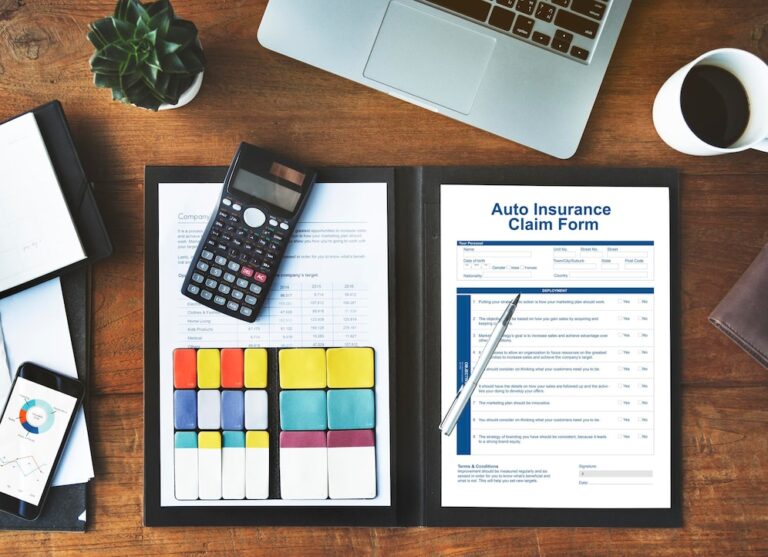Fixed Assets Management Service
Fixed Assets Acquisition
You must create a card containing information about each fixed asset. With a component list, you may set up buildings or manufacturing equipment as a principal asset and arrange them in numerous ways, such as by class, department, or location. Before you can buy a fixed asset, you must first create and assign a depreciation book to it.
When a fixed asset is established and a depreciation book is allocated, the fixed asset must be acquired. You record the cost of acquiring a fixed asset in the applicable G/L account, bank account, or vendor by posting an acquisition transaction from the Fixed Asset G/L Journal page. You may utilise the Assisted Fixed Asset Acquisition page to automatically create and upload the required general journal lines.
Request a Free Consultation
Methods of Depreciation
There are four types of depreciation method include straight-line, declining balance, sum-of-years’ digits, and units of production.
- Straight-Line Depreciation
- Declining Balance Depreciation
- Sum-of-the-Years' Digits Depreciation
- Units of Production Depreciation
How Do You Calculate Annual Depreciation?
There are several methods for estimating depreciation. To start, a firm must understand the cost, useful life, and salvage value of an asset. Then it can compute depreciation based on its accounting requirements, asset kind, asset lifespan, or number of units produced.


Fixed Assets Addition
Fixed assets are long-term investments in an entity’s operations. Accounting rules define long-term investments as assets with a useful life of longer than 12 months. These are illiquid assets, as opposed to current assets, which may be easily turned into cash within twelve months of the accounting period.
Fixed assets create value over time. Fixed assets are not purchased for resale, as in trade, but rather to provide the company with value. They are utilised in normal commercial tasks such as office construction, warehouse operations, computerised equipment, machinery, office equipment, and vehicle transportation.
Fixed Asset Transfer
A fixed asset transfer happens when one department transfers an asset to another or when an asset is transferred from one branch to another. For example, you may relocate a computer from one location or department to another, or replace the building’s owner.


Fixed Asset Revaluation
A revaluation of fixed assets allows a company to account for changes in the market value of its various fixed assets. The accounting process of raising or reducing the carrying value of a company’s fixed asset or group of fixed assets to account for any significant changes in its fair market value is known as revaluation of a fixed asset.
A fixed asset or collection of fixed assets is first recorded on a company’s balance sheet at the item’s cost. Following that, there are two techniques for accounting for changes in the value of the fixed asset or assets.
Cost Model
The cost model is the simplest straightforward accounting method. The cost model accounts for a company’s fixed assets at their historical cost, less accrued depreciation and impairment losses. The cost model does not allow for modifications to an asset’s value depending on fair market value.
The key reason a company could pick the cost approach to valuation is that the final figure is significantly more simple and subject to far less subjectivity. However, this methodology does not provide a method for determining an appropriate value for non-current assets since asset prices are likely to alter over time—and the price does not necessarily fall. They frequently rise. This is especially true for assets like property or real estate.


Revaluation Model
The revaluation model is the second accounting technique. A fixed asset is initially recorded at cost under the revaluation model, but the carrying value of the fixed asset can later be increased or lowered based on the fair market value of the fixed asset, often once a year. When the value of an asset falls, it is said to be written down. Assets wrote down to their fair market value under International Financial Reporting Standards (IFRS) can be reversed, but assets written down under generally accepted accounting principles (GAAP) remain impaired and cannot be reversed.
Disposal of Fixed Assets
When you sell a fixed asset, you remove its value from the General Ledger.
Disposal is a broad phrase; you can sell it, trade it in for a new one, give it away, salvage it for scrap value, or recycle it.
The disposal of a fixed asset can be reversed.
Fixed assets can be disposed of in part through Historic Purchase or Historic Depreciation through transactions with a negative native currency value.


Write OFF Fixed Asset
A fixed asset is written off when it is decided that it has no further use, or when it is sold or otherwise disposed of. A write off includes deleting all traces of the fixed asset from the balance sheet, resulting in a reduction in the corresponding fixed asset account and the cumulative depreciation account.
There are two possibilities for writing off a fixed asset. The first scenario occurs when you dispose of a fixed asset without getting any compensation. When a fixed asset is scrapped because it is outmoded or no longer in use and there is no resale market for it, this is a typical occurrence. Reverse any accrued depreciation and the initial asset cost in this situation. The entry is complete if the asset has been fully depreciated.
Voucher Posting
You’re manually posting a fixed asset acquisition and expect to see all of the G/L Account information in the resulting Journal Entry Voucher, which includes the G/L Account produced from the Individual Material and the Offsetting G/L Account you’ve selected. However, just the second is displayed.
The system architecture explains why the Journal Entry Voucher does not reflect the G/L Account produced from the Individual Material.
The system functions as designed.
To verify the entire posting information, review the journal entries generated by the journal entry voucher posting. The journal entries may be found in the voucher’s Related Journal Entries section.
